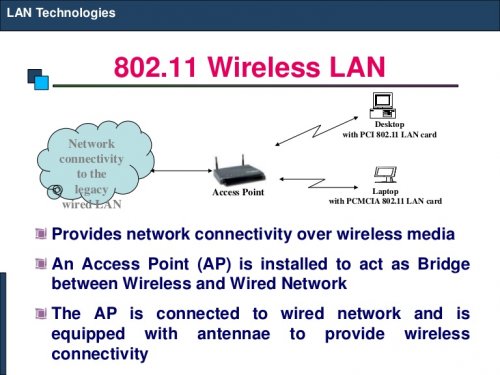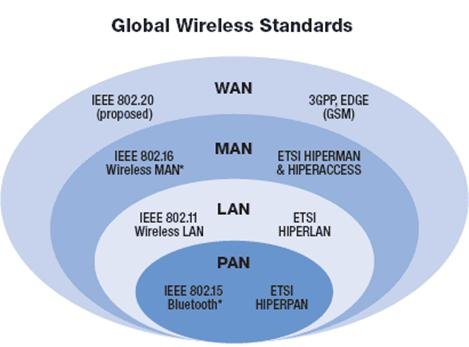majo123
Headphoneus Supremus
- Joined
- Jan 1, 2016
- Posts
- 6,440
- Likes
- 12,083
Obviously from my side of the park...one of the most universal tools.I use old fashioned spit.
Obviously from my side of the park...one of the most universal tools.I use old fashioned spit.


Is anyone else not getting email notifications from the site? I missed WOW and everything the last half of the week.
Is anyone else not getting email notifications from the site? I missed WOW and everything the last half of the week.
They use IEEE wireless protocols. The protocol used depends on the type of wireless used but will be a subset of the 802.11 protocol. The wireless protocols are a subset of the IEEE 802 LAN/MAN standard. http://www.ieee802.org/ https://en.wikipedia.org/wiki/IEEE_802Here's an off-the-wall question for you -
We know that for higher sound quality with Bluetooth wireless audio, we look for systems that use the aptX or LDAC codecs.
So, I'm wondering what sort of codecs are used for WiFi devices, like the Roku Net Streamer Remotes (which have earphone jacks and local volume control buttons)?





